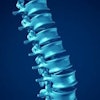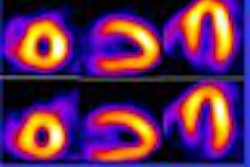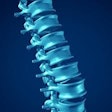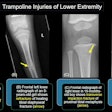Principles of Genitourinary Radiology by Zoran L. Barbaric, 2nd ed.
Thieme, New York, 1994, $109
As primary diagnostic modalities, scintigraphy and plain film radiographs have been largely supplanted by sonography, CT, and MRI for evaluation of the abdomen and genitourinary system.
That being said, scintigraphy and urography are still actively employed in daily practice. What this text lacks in up-to-date information (there is currently no plan for a third edition, according to the publisher), it makes up for with a detailed review of pathology on the older modalities.
The Principles of Genitourinary Radiology opens with a brief review of the physics and instrumentation involved in image acquisition across multiple modalities. A short review of standard procedures follows, as well as a discussion of contrast materials used in CT and MRI, and cross sectional anatomy. An overview of non-genitourinary pathology encountered in plain film radiography is also presented.
The text then systematically reviews genitourinary pathology from stem to stern. A standard dissection is employed of each topic. Each pathology is reviewed under the categories of incidence, pathology, presentation, radiologic findings, and treatment, where appropriate. While most sections involve ample review of numerous imaging modalities, several are outdated, such as adrenal adenoma evaluation. Others sections lack the most recent diagnostic criteria. Radiographic images and their evaluation are presented in detail; infrequent images from other modalities are of poor quality.
However, several chapters stand out, in particular, the two on voiding and erectile dysfunction that includes discussions of physiologic, urologic, and radiologic evaluation. Additionally, the chapter on renal vascular disorders offers substantial information regarding treatment criteria and options seldom found in a general GU text.
A large amount of information is presented in this relatively small, 500-page book. Systematic dissection of each topic allows for a thorough review. However, due to its age, this would best serve as a complimentary source for the resident or practicing radiologist.
By Dr. Daniel Reidman
AuntMinnie.com contributing writer
February 11, 2004
Dr. Reidman is a radiology resident at the Madigan Army Medical Center in Tacoma, WA.
The opinions or assertions contained herein are the private views of the author and are not to be construed as official or as reflecting the views of the Department of Defense.
The opinions expressed in this review are those of the author, and do not necessarily reflect the views of AuntMinnie.com.
Copyright © 2004 AuntMinnie.com



















